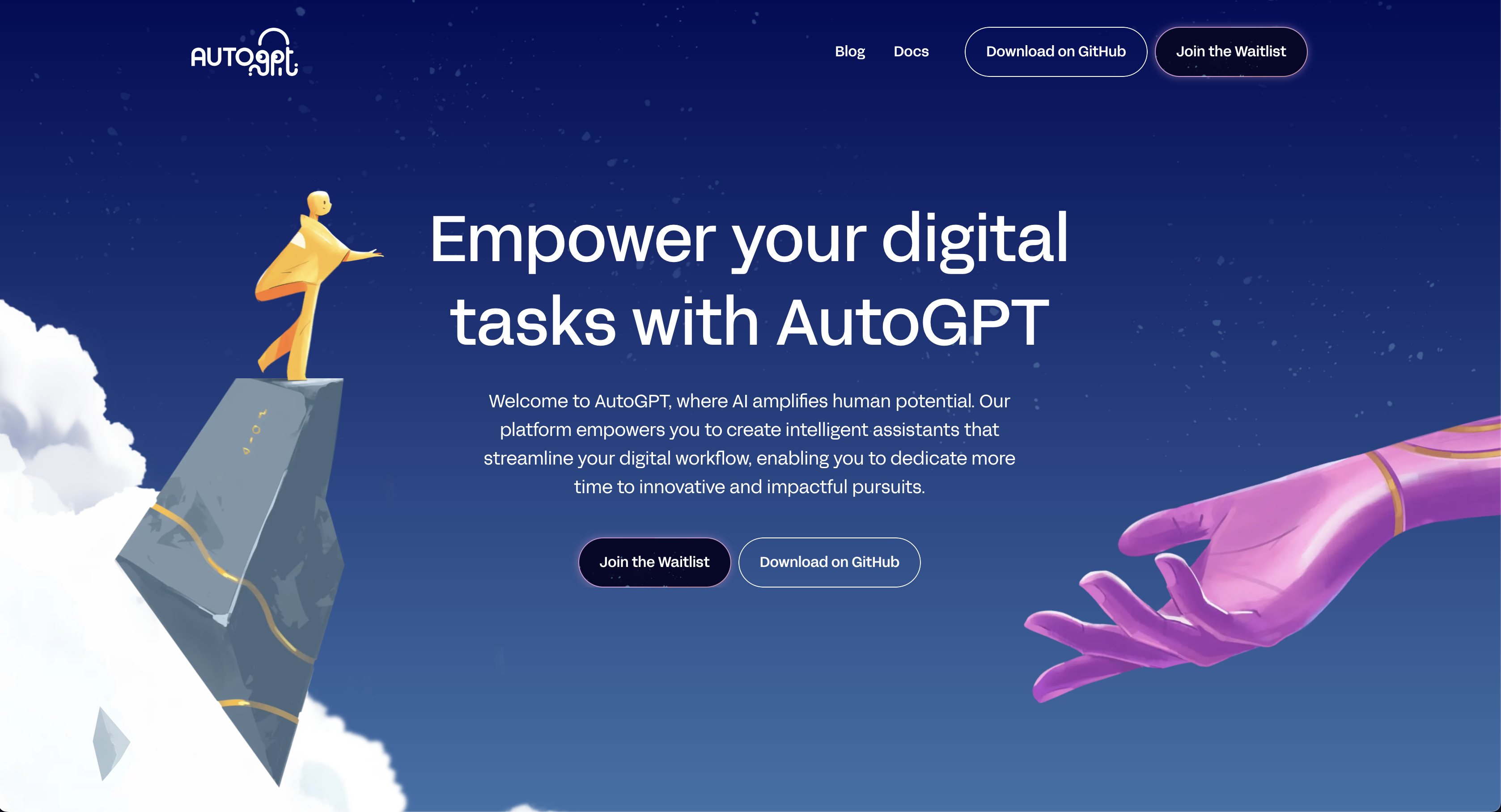Accelerate your coding with AI-powered pair programmers. Get intelligent suggestions, debug faster, and ship production-ready code.
DeepSeek
703 upvotes
41 Free Options
Start without paying
240+ Tools
Growing daily
Our community's top-rated code assistance solutions with 1,583 combined upvotes from real users
DeepSeek is a Chinese artificial intelligence company based in Hangzhou, known for developing advanced large language models such as DeepSeek-R1 and DeepSeek-V3.2-Exp. The company focuses on open-weight AI models that emphasize efficiency, reasoning, multilingual understanding, code generation, and cost-effective training—often under hardware constraints. DeepSeek provides models openly to the developer community but does not prioritize immediate commercialization or broad enterprise solutions. Their technology is accessible via web, app, and API, and is recognized for rapid innovation, research excellence, and competitive performance compared to global leaders.
Key Features
Windsurf is an AI-native, agent-powered IDE and code editor for developers, featuring deeply integrated AI agents such as Cascade for codebase understanding, multi-file refactoring, automated project generation, image-to-code capabilities, in-editor previews, Supercomplete intent-aware autocomplete, and robust terminal and browser integration. It supports seamless workflow automation, secure deployment, and plugin compatibility (VS Code, JetBrains, others), aiming to maximize developer flow and productivity across Mac, Windows, and Linux.
Key Features
Grok is xAI's advanced generative AI assistant offering deep real-time information retrieval, first-principles reasoning, rich document generation, code writing, native tool usage (including browsing and code interpreter), and powerful multimodal input (text, vision, audio, and live visual analysis). Latest versions, such as Grok 4 and Grok 4 Code, deliver state-of-the-art context handling, interactive voice modes, and integration with X, mobile (iOS/Android), web, API, and select Tesla vehicles. Specialized editions exist for enterprise, government, and developers.
Key Features
Want a detailed comparison?
Compare all features, pricing, and reviews side-by-side

Open-weight, efficient AI models for advanced reasoning and research.

The world’s most advanced AI code editor

Your cosmic AI guide for real-time discovery and creation

Your AI pair programmer

The AI code editor that knows your codebase

Build powerful AI-powered apps—no code required.

Unified AI and cloud for every enterprise: models, agents, infrastructure, and scale.

Your trusted AI collaborator for coding, research, productivity, and enterprise challenges

Continuous automation with autonomous AI agents—integrate, deploy, and manage intelligent workflows seamlessly.

Start building with Gemini: the fastest way to experiment and create with Google's latest AI models.

Democratizing good machine learning, one commit at a time.

Models for text, vision, audio, and beyond—state-of-the-art AI for everyone.

Flexible, Fast, and Open Deep Learning

Agentic intelligence for your complex tasks

An end-to-end open source platform for machine learning by everyone, for everyone.

Build, edit, and deploy full-stack web apps from natural language—AI-powered in your browser.

Develop AI anywhere

Where ideas meet action—leave it to Manus.

Transform the way you work and learn with the best AI coding agent.

Build & refine apps with AI—autonomously, in your browser

Code & CI/CD, powered by the Atlassian platform

Hybrid reasoning for instant answers or deep analysis.

Unlock cutting-edge AI for every developer

Build real web apps from ideas—no coding required.
Scroll down to explore more code assistance tools
Code assistance AI tools transform software development by providing intelligent code completion, bug detection, refactoring suggestions, and documentation generation. With 240 code assistance tools available, you can accelerate development, reduce errors, and improve code quality through AI-powered suggestions and automation. These tools leverage large language models trained on vast codebases to understand context, suggest improvements, and help developers write better code faster.
Code assistance AI tools significantly boost developer productivity by automating routine tasks, catching errors early, and providing intelligent suggestions. They excel at code completion, documentation generation, refactoring, and explaining complex code. These tools are ideal for developers seeking to write better code faster, learn new languages or frameworks, and reduce debugging time. Modern code AI understands project context, coding patterns, and best practices, making suggestions that align with your codebase style and requirements.
Common use cases include code completion and autocomplete, bug detection and error prevention, code refactoring and optimization, documentation generation and code comments, explaining complex code and learning, and test generation and code review. These tools are particularly valuable when working with unfamiliar codebases, learning new languages, or when you need to maintain consistent code quality across teams.
Compared to traditional IDEs, AI code assistance offers intelligent suggestions beyond syntax completion. Unlike code search tools, AI assistants generate new code rather than finding existing examples. Compared to pair programming with humans, AI assistants provide instant, always-available help but may lack the strategic thinking of experienced developers. For most developers, code assistance AI provides the best balance of productivity, learning, and code quality, especially when combined with code review and testing practices.
Related Categories:
Start by choosing tools that integrate with your preferred IDE or editor. Configure the tool to understand your project context and coding standards. Begin with code completion and gradually explore advanced features like refactoring and documentation. Review AI suggestions carefully—they're helpful but not always perfect. Use AI explanations to learn new patterns and best practices. Many tools offer free tiers or trial periods. For best results, combine AI assistance with code review and testing.
Tools in Code Assistance help you accelerate workflows, improve quality, and unlock new use cases. They make sense when the time saved or quality gains outweigh the cost and learning curve, and when they integrate cleanly with your existing stack and governance requirements.
Use a pragmatic checklist: (1) Must-have features vs nice-to-haves; (2) Total cost at your usage (seats, limits, overages); (3) Integration coverage and API quality; (4) Privacy & compliance (GDPR/DSA, retention, residency); (5) Reliability and SLA; (6) Admin, SSO, and audit; (7) Support and roadmap. Our neutral 1:1 comparisons help weigh these trade-offs.
Yes—many vendors offer free tiers or trials. Check usage limits (credits, throughput), export/API access, watermarks, and rate limits. Validate that the free tier reflects your real workload, and plan upgrade paths to avoid hidden costs or lock-in.
Normalize plans to your usage. Model seats, limits, overages, required add-ons, data retention, and support tiers. Include hidden costs like implementation, training, migration, and potential vendor lock-in. Prefer transparent metering over opaque credits if predictability matters.
Run a structured pilot on a real workflow. Measure quality and latency; verify integrations and API limits; review security (data flow, PII handling), compliance, and data residency; confirm SLA, support response, and roadmap commitments.
Common use cases for code assistance tools include Code completion and autocomplete, Bug detection and error prevention, Code refactoring and optimization, and more. These tools excel when you need common use cases include code completion and autocomplete, bug detection and error prevention, code refactoring and optimization, documentation generation and code comments, explaining complex code and learning, and test generation and code review. Evaluate tools based on your specific workflow requirements and integration needs.
Compared to traditional IDEs, AI code assistance offers intelligent suggestions beyond syntax completion. Unlike code search tools, AI assistants generate new code rather than finding existing example...
Ready to dive deeper into code assistance? This collection of 240 AI tools is just the beginning. Compare top code assistance AI tools side-by-side using our comparison tool to evaluate features, pricing, and integrations. Discover free and paid options in our pricing directory, including free AI tools and freemium plans that let you test before committing. Filter by platform compatibility if you need specific deployment options.
For hands-on guidance, check out our AI Fundamentals course to understand core concepts, or explore Prompt Engineering techniques to get better results from code assistance AI tools. Stay current with the latest developments in our AI News section, where we cover new releases, feature updates, and industry trends affecting code assistance workflows.
Looking for tools tailored to your profession? Browse our audience-specific directories to find code assistance AI tools optimized for developers, content creators, marketers, and other professional roles. Or explore the Top 100 AI Tools collection to see which code assistance solutions are trending in the community.